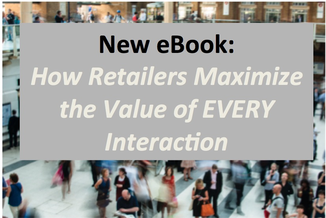With all the new entrants and a different playing field, loyalty marketers are not ruing as they did in the good old days when they had the consumer gaming dynamic all to themselves. Quite the contrary -- there is palpable excitement surrounding what the growing shift in consumer behavior means for their programs. Armed with a seemingly endless choice of game mechanics, technology platforms and social networks to enable new programs and a new set of consumer experiences, the loyalty sector is now more relevant than ever.


